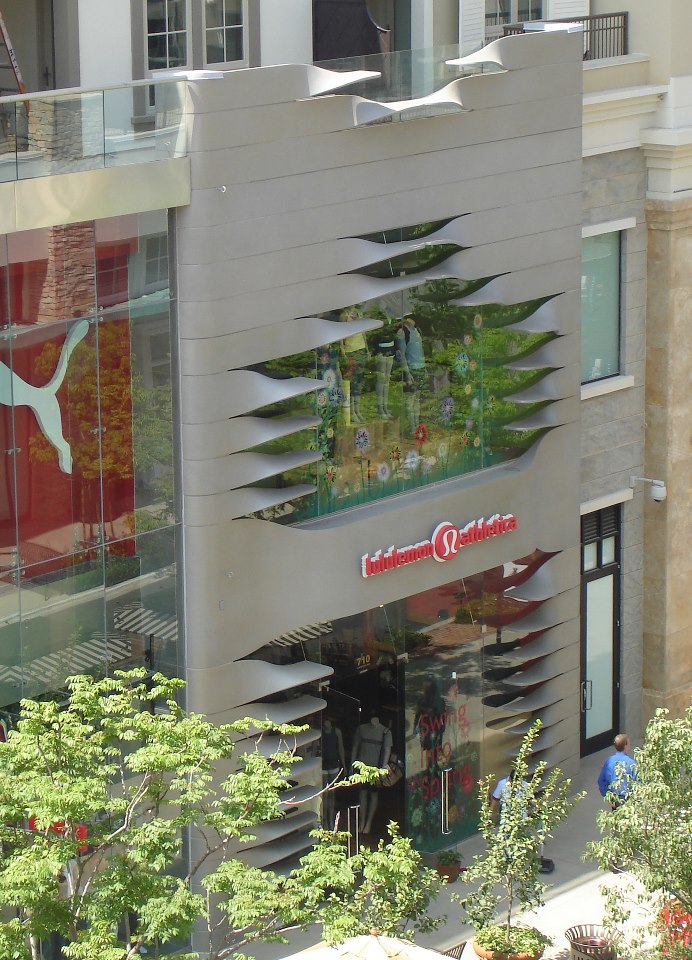Glass Fiber Reinforced Concrete (GFRC) is making waves in the architectural design industry. Known for its versatility, strength, and aesthetic appeal, it’s becoming the go-to material for innovative and creative applications. But one question that often arises is: How thin can GFRC veneers be, especially when used for aesthetic architectural projects? Let’s delve into this critical aspect of GFRC.
Understanding the Nature of GFRC
GFRC is a composite material consisting of concrete, glass fibers, polymers, and other additives. The incorporation of glass fibers imparts remarkable tensile strength, allowing for thinner sections without compromising the structural integrity. But how thin can it go?
The Thickness of GFRC Veneers
With traditional concrete, thin sections often lead to a compromise in strength. But GFRC is different. It can be cast into veneers as thin as 0.5 inches (12mm), yet still retain a high degree of strength and durability. While every project is different, and some commercial properties may benefit from additional thickness, GFRC typically does not require extensive thickness in order to still maintain its appearance and strength. Factors affecting thickness include:
- Design Requirements – The desired aesthetic effect, along with the structural requirements, will guide the optimal thickness. Intricate details might call for varying thickness levels within the same piece.
- Manufacturing Technology – Advanced manufacturing techniques allow GFRC to be cast into complex shapes and thin sections without losing the essential properties.
- Material Composition – The specific mix, including the type and quantity of glass fibers, will influence how thin the veneer can be without losing its functionality.
We know GFRC extremely well, so feel free and contact us if you need help with determining the right specs.
Strength and Durability Considerations
GFRC’s ability to be cast thinly does not mean that it’s fragile. The glass fibers contribute to the flexural strength, providing resilience to bending and deformation. What does this mean in practical terms?
- Lighter Weight – Thinner veneers translate to lighter pieces, easing transportation and installation. This doesn’t just reduce costs; it also opens up possibilities for design innovation.
- Maintenance and Longevity – Even at reduced thicknesses, GFRC veneers hold up well to wear and tear, environmental factors, and age. Their maintenance requirements are minimal, and they continue to look great for years.
GFRC is one of the best materials available for architectural designs, especially exterior designs. Thickness is one factor in longevity, but even when it is less than an inch, GFRC is still able to withstand considerable wear and tear.
GFRC Veneers in Aesthetic Architectural Projects
GFRC is not just a structural workhorse; it’s an aesthetic marvel. It can be molded, colored, and textured to match almost any design vision. The possibility of using thin veneers adds to its appeal, allowing architects and designers to explore new frontiers in form and function.
Thin Veneers for Your GFRC Project
GFRC veneers have proven that strength and beauty can go hand in hand, even in the thinnest of forms. Their ability to be cast thinly, without sacrificing strength or aesthetic appeal, makes them a favorite among architects and builders. Whether it’s for intricate detailing or sweeping architectural features, GFRC offers a unique blend of flexibility, strength, and elegance.
At GC Products LLC, we specialize in GFRC and can guide you through the entire process, ensuring that your project benefits from the optimal thickness and design. Reach out to us today to see how GFRC can transform your next aesthetic architectural project.


